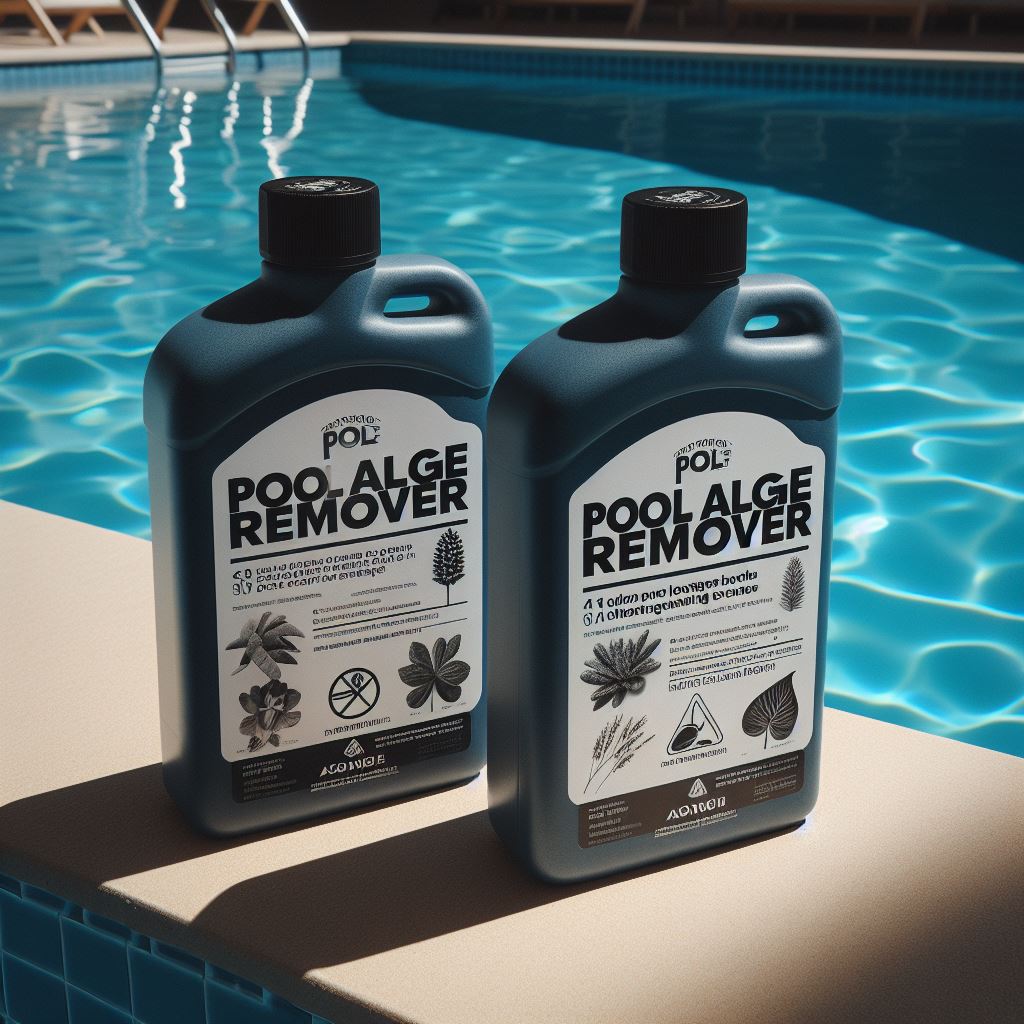In the ever-evolving landscape of aquatic ecosystem management, blue-green algal blooms (cyanobacterial blooms) have emerged as a formidable challenge, threatening the health of lakes, ponds, and even entire waterways. These harmful algal blooms (HABs) not only discolor water bodies, but they also release toxins that can pose risks to human health, wildlife, and the broader environment. As the world grapples with this pressing issue, algaecides—a class of specialized chemical or biological agents—have emerged as powerful tools in the fight against blue-green algal blooms. This article delves into how algaecides rise to the challenge, outlining their mechanisms, advantages, application strategies, and the steps towards sustainable management.

I. Understanding the Threat: Blue-Green Algal Blooms Explained
Firstly, it’s crucial to comprehend the nature of blue-green algal blooms. These occur when certain types of cyanobacteria multiply rapidly under favorable conditions such as excessive nutrients, warm water temperatures, and still waters. These blooms can rapidly consume dissolved oxygen, creating dead zones, and release toxins like microcystin that can contaminate drinking water sources and harm aquatic life.
II. The Role of Algaecides: A Targeted Approach
A. Chemical Algaecides:
1. Rapid Response:
Chemical algaecides act swiftly, often showing noticeable results within days. They disrupt cellular processes essential for algal growth, such as photosynthesis or cell division.
2. Selective Action:
Advanced formulations target specific algae species, minimizing collateral damage to other aquatic organisms.
3. Longevity:
Some formulations offer residual control, preventing regrowth for extended periods.
B. Biological Algaecides:
1. Eco-Friendly:
Biological agents, like bacteria or enzymes, harness nature’s own power to degrade algae. They are generally considered safer for the environment.
2. Sustainable Solution:
By promoting a natural balance, biological algaecides support the long-term health of aquatic ecosystems.
3. Integrated Approach:
They can be integrated into broader water quality management strategies, enhancing overall ecosystem resilience.

III. Strategic Application: Key to Success
1. Site Assessment:
Before deploying algaecides, a thorough assessment of the water body’s conditions, including algal species, nutrient levels, and water chemistry, is crucial.
2. Tailored Solutions:
Based on assessment findings, selecting the most appropriate algaecide type and dosage ensures effective and safe treatment.
3. Timing Matters:
Applying pool chemicals algaecide during peak bloom periods or immediately after detection maximizes their impact.
4. Monitoring & Follow-up:
Regular monitoring post-treatment assesses the effectiveness of the algaecide and guides any necessary adjustments or additional measures.
IV. Embracing Sustainability: Beyond Algaecides
While algaecides play a vital role, a holistic approach to managing blue-green algal blooms is essential. This includes:
1. Nutrient Management:
Reducing nutrient inputs, especially phosphorus and nitrogen, through stormwater management, agricultural best practices, and sewage treatment upgrades.
2. Restoration Efforts:
Restoring native vegetation along waterways, which can help absorb excess nutrients and provide shade, reducing water temperatures.
3. Public Education:
Raising awareness about the causes and consequences of blue-green algal blooms encourages community involvement and responsible behavior.
4. Innovative Technologies:
Exploring new technologies like algae harvesting, bioremediation, and advanced water treatment systems can augment traditional algaecide use.
V. Conclusion
Tackling the challenge of blue-green algal blooms necessitates a holistic and cooperative effort, recognizing that algaecides, while crucial, are merely a segment within a broader solution framework. These blooms, often fueled by excessive nutrient inputs and disrupted ecological balances, pose a significant threat to water quality, human health, and the very existence of aquatic biodiversity. To combat this issue effectively, we must embark on a multifaceted journey that integrates targeted interventions with visionary long-term plans. Firstly, targeted treatments using algaecides can help mitigate immediate outbreaks, but they must be accompanied by a comprehensive understanding of the underlying causes. This necessitates a thorough assessment of nutrient sources, including agricultural runoff, sewage discharge, and atmospheric deposition, and implementing strategies to reduce these inputs.

 Instant
Quote
Instant
Quote Email
Us
Email
Us